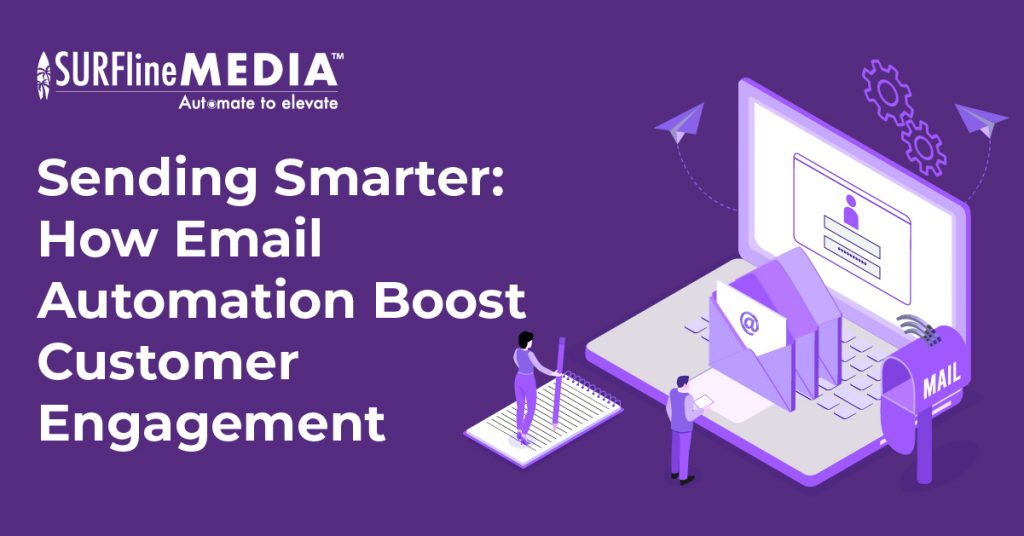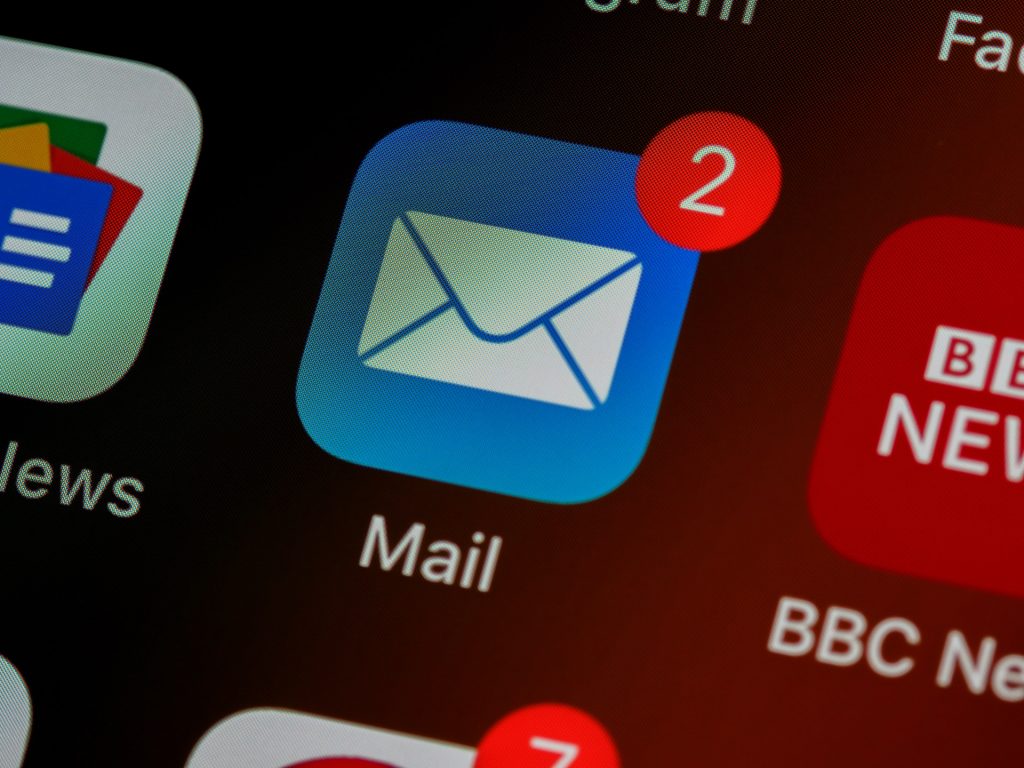

- August 6, 2023
- 9:00 am
- No Comments
Sending Smarter: How Email Automation Boost Customer Engagement
Email automation has changed not only the way we send and receive emails but also the rules of the digital marketing realm. It is now the era of ‘smart sending’ – where customization, efficiency, and productivity take center stage. This article will give you an overview of email automation, its benefits, how businesses can automate their email workflows, and some of the most basic questions surrounding this topic.
What is Email Automation?
Email automation is the use of software to send emails automatically based on specific setups, triggers, or conditions. The software can vary from a simple email marketing automation platform to a sophisticated customer relationship management (CRM) system.
To better understand this concept, let’s clarify triggers and conditions. Triggers can be anything from a user subscribing to your email list to them making a purchase on your website while conditions can be anything from the user’s location to the time of day.
In the past, email automation was often seen as a way to send mass emails (email bulks) to large lists of subscribers. But with the rise of artificial intelligence (AI) and machine learning, automated email sender is becoming more sophisticated.
Now, email automation can be used to send personalized emails that are tailored to each individual subscriber. This can help to improve email deliverability, open rates, and click-through rates.
Email Automation vs. Email Marketing
Email automation and email marketing are closely related, but they are not the same thing. So what are the differences?
Email Automation
- The process of using software to send emails automatically, based on certain triggers or conditions.
- Purpose: To save time and effort, improve personalization, and better target email lists.
- Examples: Welcome emails, cart abandonment emails, birthday emails, and customer journey emails.
Email Marketing
- The process of sending emails to a group of people with the intention of promoting a product or service, building relationships, or providing information.
- Purpose: To reach a large audience, build relationships with customers, and drive sales.
- Examples: Promotional emails, newsletters, product updates, educational content.
A common understanding is that email automation is a subset of email marketing. Email automation can be used to improve email marketing campaigns. However, email marketing is not limited to automated emails. It can also include manually sent emails.
Here are some examples of how email automation can be used:
- Welcome emails: When a new subscriber joins your email list, you can send them a welcome email that introduces you and your company, and provides them with information about your products or services.
- Cart abandonment emails: If a customer adds items to their cart but doesn’t complete their purchase, you can send them an email reminding them of the items they left behind.
- Birthday emails: You can send your subscribers birthday emails with special offers or discounts.
- Upsell and cross-sell emails: You can send emails to your subscribers, recommending other products or services that they might be interested in.

The Benefits of Email Automation in Marketing
Automating emails allows businesses to unlock several key benefits that lead to better customer engagement, increased conversions, and improved marketing performance.
Custom Communication
Email automation empowers businesses to deliver personalized communication to their audiences. Personalization fosters a deeper connection with customers and leads to increased engagement and brand loyalty.
The email system can segment subscribers based on various factors such as demographics, behavior, or preferences. With this data, businesses can send targeted content that resonates with individual recipients.
Improved Efficiency
One of the primary advantages of email automation is the improved efficiency it brings to marketing operations. Instead of repeatedly sending welcome emails or abandoned cart reminders, businesses can save valuable time and resources since those tasks are delegated to email automation systems.
Lead Nurturing and Conversion
Automated email campaigns play a crucial role in lead nurturing and conversion. Automated workflows and triggers can be set up to send relevant and timely emails to prospects, guiding them through the customer journey.
By nurturing leads with informative and persuasive content, businesses can increase the likelihood of getting qualified leads and converting them into paying customers.
Data and Insights
Data is a goldmine for businesses, and email automation provides a wealth of valuable information. Tracking and analytics tools enable businesses to measure the performance of their email campaigns accurately.
By analyzing open rates, click-through rates, and other metrics, marketers can make data-driven decisions to optimize their campaigns and improve overall effectiveness.
Enhanced Customer Experience
Happy customers, happy businesses – delivering a seamless and satisfying customer experience is vital for retaining customers and encouraging repeat business.
Email marketing automation ensures that customers receive timely and relevant messages, enhancing their overall experience with the brand. Whether it’s delivering timely updates, personalized recommendations, or special offers, email automation helps businesses build stronger relationships with their customers.
How to Automate Email Workflows
There are many ways to automate email workflows. Here are a few of the most common methods:
Use an Email Marketing Platform
Email marketing platforms like Mailchimp, Constant Contact, and HubSpot offer a variety of features that can be used to automate email workflows. These platforms allow you to create automated workflows based on a variety of triggers, such as new subscribers, abandoned carts, and website visits.
Use a CRM System
Customer relationship management (CRM) systems like GoHighLevel, Salesforce and Zoho CRM can also be used to automate email workflows. CRM systems allow you to track customer interactions and create automated workflows based on customer data.
Still have doubts? Those key benefits of CRM systems will give you a deeper understanding.
Use a Dedicated Email Automation Tool
There are also a number of dedicated email automation tools available, such as Drip and ActiveCampaign. These tools offer a variety of features that can be used to automate email workflows, including segmentation, personalization, and A/B testing.
No matter which method you choose, automating your email workflows can help you to save time, improve efficiency, and increase your email marketing results.
Email Automation FAQs
Can I automate my entire email marketing strategy?
How do I get started with email automation?
How can I measure the success of my email automation campaigns?
Is email automation suitable for businesses of all sizes?
_______________________

Surfline Media – Automate to Elevate
Our website: https://surflinemedia.com/
Contact us: https://surflinemedia.com/contact-us/
Phone number: +1 323-741-4482
Email: [email protected]






